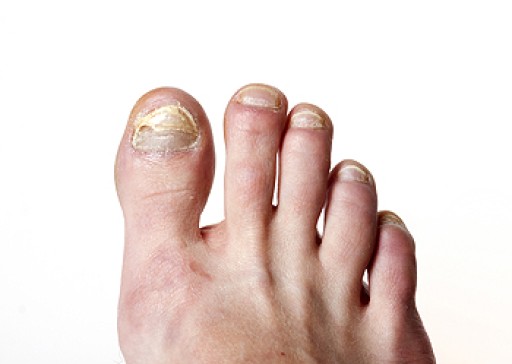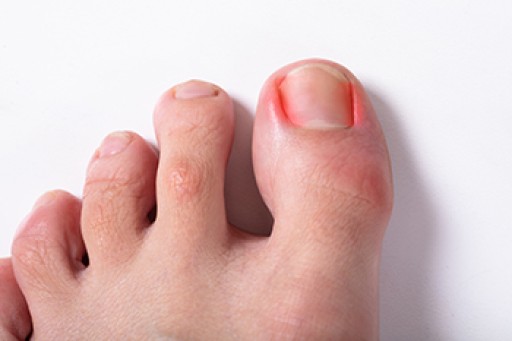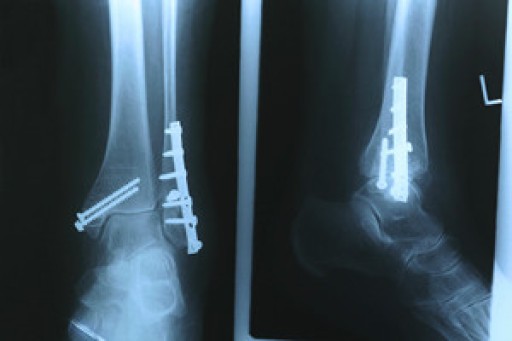
A sign that you may have developed toenail fungus is the yellow appearance of the nails. They may also become thicker and begin to crumble. If ignored, a fungal toenail infection, medically termed onychomycosis, may result in other problems. It can easily spread to other parts of the foot simply by not changing socks and shoes daily. Toenail fungus is especially risky for diabetics, whose skin may have cracked as a result of poor circulation. This allows for the additional possibility of bacteria entering the body, and may in turn cause cellulitis. In some cases of fungal toenail infections, the only way to treat it is to remove the nail. The nail will grow back with time. If the infection is extremely serious, the toenail may have to be permanently removed, by performing a procedure called matrixectomy. This destroys the growing center at the base of the nail bed, ensuring that the fungus will not grow back. If you have toenail fungus, it is suggested that you make an appointment with a podiatrist for an examination and treatment options.
If left untreated, toenail fungus may spread to other toenails, skin, or even fingernails. If you suspect you have toenail fungus it is important to seek treatment right away. For more information about treatment, contact one of our podiatrists of Foot Health Center of Merrimack Valley. Our doctors can provide the care you need to keep you pain-free and on your feet.
Symptoms
- Warped or oddly shaped nails
- Yellowish nails
- Loose/separated nail
- Buildup of bits and pieces of nail fragments under the nail
- Brittle, broken, thickened nail
Treatment
If self-care strategies and over-the-counter medications does not help your fungus, your podiatrist may give you a prescription drug instead. Even if you find relief from your toenail fungus symptoms, you may experience a repeat infection in the future.
Prevention
In order to prevent getting toenail fungus in the future, you should always make sure to wash your feet with soap and water. After washing, it is important to dry your feet thoroughly especially in between the toes. When trimming your toenails, be sure to trim straight across instead of in a rounded shape. It is crucial not to cover up discolored nails with nail polish because that will prevent your nail from being able to “breathe”.
In some cases, surgical procedure may be needed to remove the toenail fungus. Consult with your podiatrist about the best treatment options for your case of toenail fungus.
If you have any questions, please feel free to contact one of our offices located in North Andover, and Tewksbury, MA . We offer the newest diagnostic and treatment technologies for all your foot care needs.

















